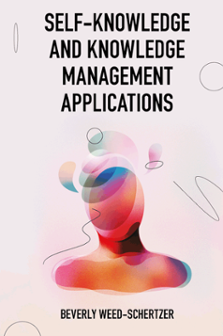
Index
Self-Knowledge and Knowledge Management Applications
ISBN: 978-1-80262-330-7, eISBN: 978-1-80262-329-1
Publication date: 17 February 2023
Citation
Weed-Schertzer, B. (2023), "Index", Self-Knowledge and Knowledge Management Applications, Emerald Publishing Limited, Leeds, pp. 127-129. https://doi.org/10.1108/978-1-80262-329-120231007
Publisher
:Emerald Publishing Limited
Copyright © 2023 Beverly Weed-Schertzer. Published under exclusive licence by Emerald Publishing Limited